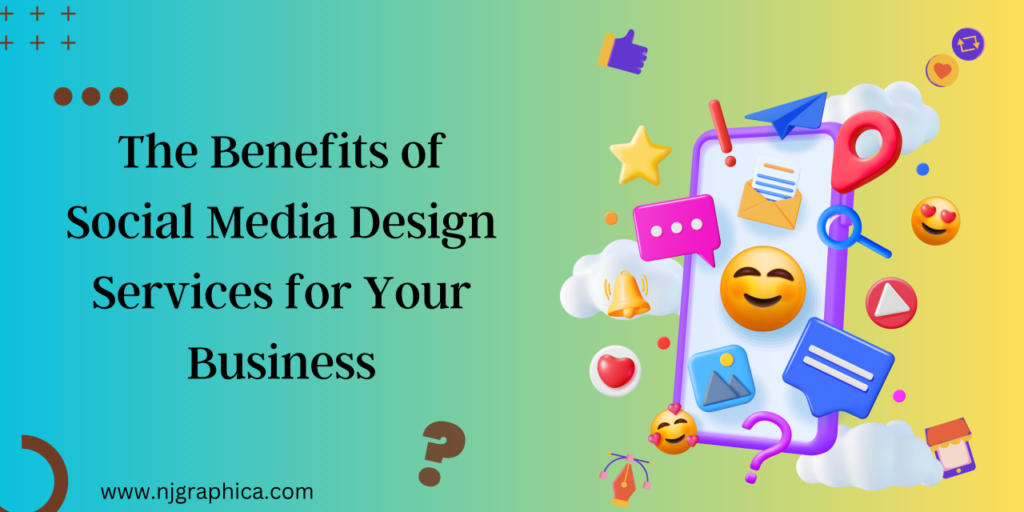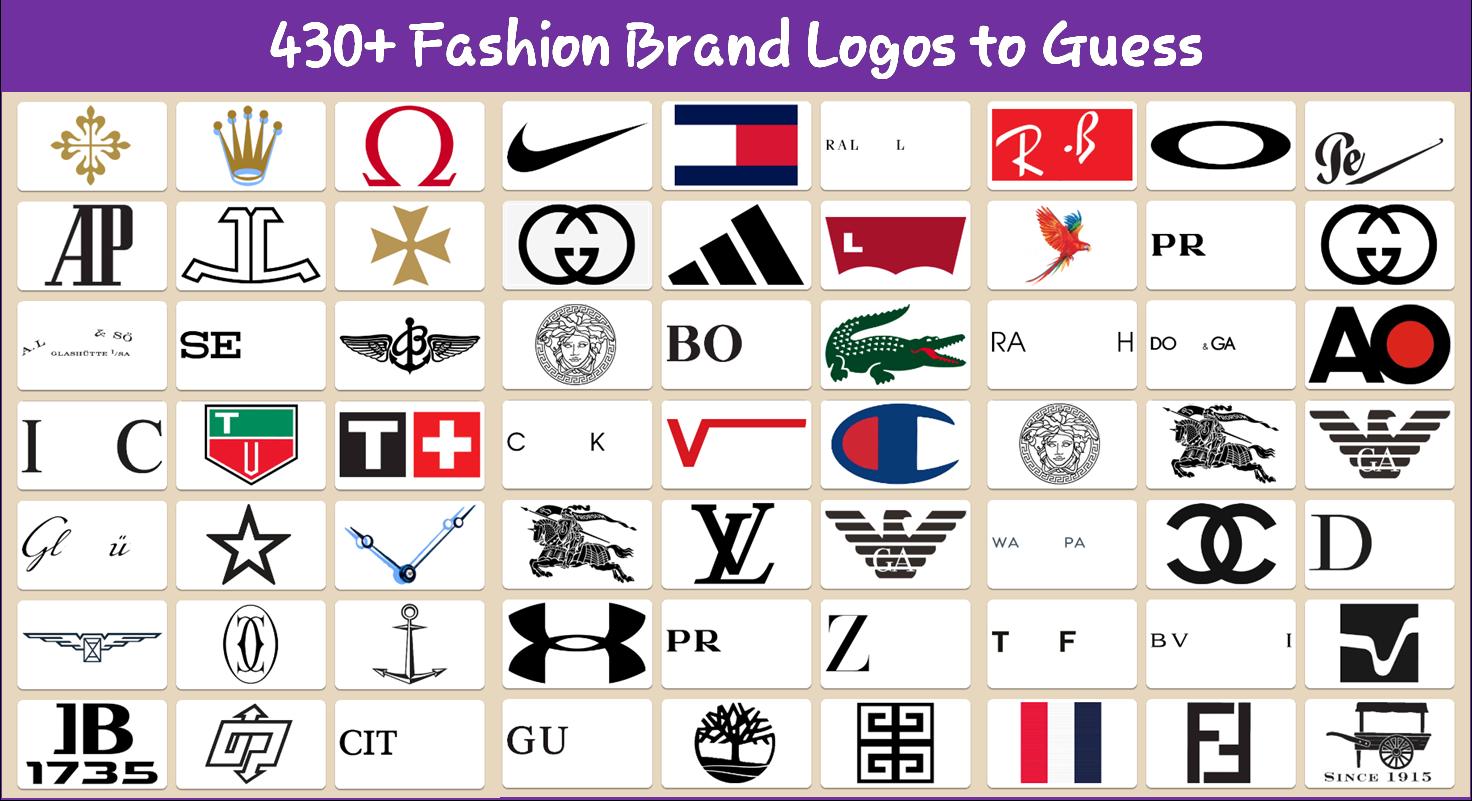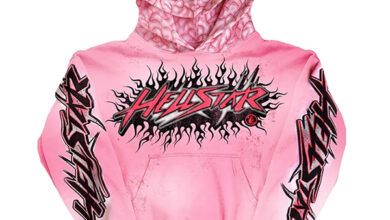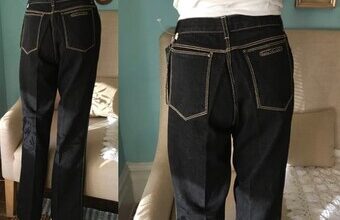The Power of Clothing Brand Logos Crafting Identity and Recognition
Table of Contents
Clothing Brand.
In the fashion industry, a brand’s logo is more than just a symbol; it represents its identity, values, and the emotional connection it has with its customers. A well-designed logo can create instant recognition, evoke feelings, and convey a brand’s mission. This article delves into the significance of clothing brand logos, explores notable examples, and discusses the elements that make a logo effective.
The Role of Clothing logo Brand.

Logos serve as the visual cornerstone of a brand’s identity. They encapsulate what the brand stands for and play a crucial role in marketing and advertising. A strong logo can:
- Enhance Recognition: Logos help consumers identify brands quickly amidst a sea of competition.
- Build Trust: A professional logo conveys credibility and can foster trust among consumers.
- Create Emotional Connections: Colors, shapes, and designs can evoke specific feelings, aligning the brand with the target audience’s emotions.
Elements of a Successful Clothing Brand Logo To design a logo that stands out, certain elements must be considered:
Think of iconic logos like Nike’s swoosh or Adidas’ three stripes.
- Relevance: The logo should reflect the brand’s values and the type of Clothing Brand it represents. For instance, a luxury brand might opt for an elegant script font, while an outdoor brand might use earthy tones and rugged designs.
- Timelessness: A logo should be designed to last, avoiding trends that may quickly become outdated.
- Versatility: It should work well across various mediums, from Clothing Brand tags to billboards.
- Nike: The iconic swoosh, designed in 1971 by Carolyn Davidson, represents motion and speed. Its simplicity and dynamic form resonate with athletes and active individuals, making it one of the most recognized logos worldwide.
- Adidas: The three stripes symbolize performance and quality. Originally intended to provide stability, the stripes have become synonymous with athleticism and style.
- Chanel: The interlocking C’s of Chanel represent luxury and sophistication. Its logo, a simple yet bold font, conveys authenticity and heritage.
- Gucci: The double G logo symbolizes opulence and exclusivity. The intertwined letters represent founder Guccio Gucci’s legacy and the brand’s high-end appeal.
The Evolution of Clothing Brand Logos
Logos often evolve over time to reflect changing consumer tastes and cultural shifts. Clothing Brand may choose to modernize their logos while maintaining core elements that fans recognize. For example:
- Gap: The Gap logo has undergone several redesigns since its inception, reflecting shifts in design trends while striving to keep its core identity intact.
- Burberry: The Burberry logo evolved from a complex design to a more streamlined, modern look, aligning with contemporary fashion aesthetics while maintaining its British heritage.
The Impact of Social Media on Logo Design

With the rise of social media, logos must be designed to look good on various platforms, from Instagram to TikTok. A few considerations include:
- Scalability: Logos should be recognizable even in small sizes, as they often appear as profile pictures or thumbnails.
- Color Choices: Colors can have different meanings across cultures and can significantly affect Clothing Brand perception.
Tips for Creating a Clothing Brand Logo

For aspiring designers and entrepreneurs, creating a logo involves several key steps:
- Research: Understand the market and your target audience.
- Sketch Ideas: Begin with brainstorming and sketching various concepts before moving to digital design.
- Seek Feedback: Share your designs with trusted peers or focus groups to gather insights on effectiveness and appeal.
- Refine: Use the feedback to refine and enhance your logo, ensuring it meets the desired criteria.
Successful Logo Redesigns
Examining brands that successfully revamped their logos can provide valuable lessons:
- Tropicana: In 2009, Tropicana’s logo redesign received significant backlash, leading to a return to its original design. This case highlights the importance of brand recognition and consumer attachment to established logos.
- Instagram: Instagram’s redesign in 2016 simplified its logo, making it more modern and versatile. The change was well-received and showed how evolution can maintain relevance.
Conclusion
Clothing brand’s logo is a powerful tool that encapsulates its identity and values. A well-designed logo not only enhances recognition but also builds trust and emotional connections with consumers. As the fashion industry continues to evolve, logos will remain essential in defining brand narratives and connecting with audiences. Whether through iconic designs or thoughtful modernizations, logos will continue to shape the landscape of clothing brands, making them memorable and impactful in a competitive marketplace.
For More Information Please Visit These Websites Craiyon And arturia





